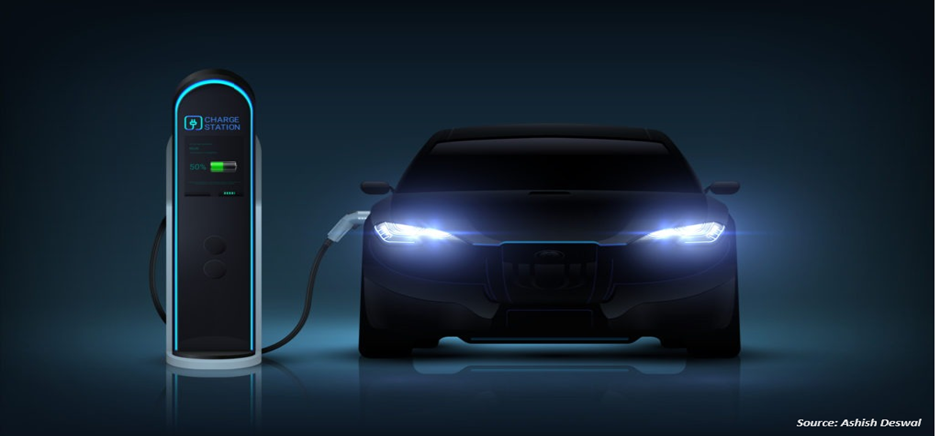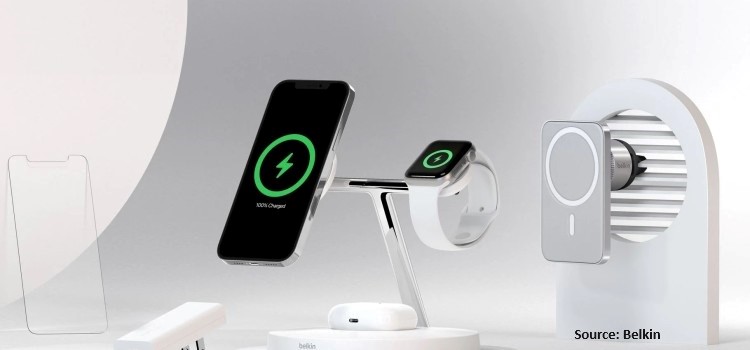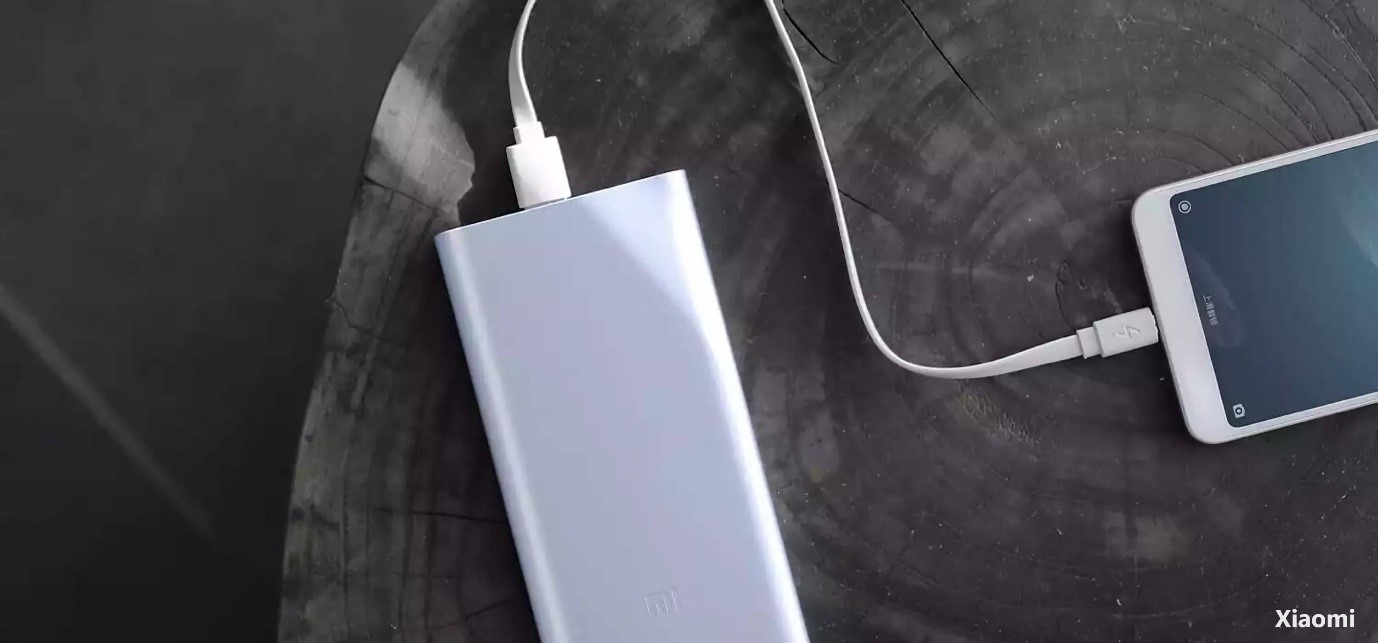
Battery Market by Type (Lead Acid, Lithium Ion, Nickel Metal Hydride, Nickel Cadmium, and Others), by Application (Residential, Industrial, and Commercial), and by Power Systems (Fuel Cell Batteries, Proton-Exchange Membrane Fuel Cells, Alkaline Fuel Cells, Phosphoric Acid Fuel Cells, Solid Oxide Fuel Cells, Molten Carbonate Fuel Cells, Air Cells, Flywheel Energy Storage, Nuclear Batteries) – Global Opportunity Analysis and Industry Forecast 2022-2030
Industry: Energy & Power | Publish Date: 07-Dec-2022 | No of Pages: 625 | No. of Tables: 493 | No. of Figures: 466 | Format: PDF | Report Code : N/A
Market Definition
The global Battery Market was valued at USD 112.1 billion in 2021 and is predicted to reach USD 406.08 billion by 2030, at a CAGR of 15.9% from 2022 to 2030.
A battery is a device that stores energy and then discharges it by converting chemical energy into electricity. Typical batteries produce electricity chemically by using one or more electrochemical cells.
Batteries are classified into two types: primary batteries, and secondary batteries. A primary battery is a non-rechargeable, simple and convenient power source for several portable electronic and electrical devices like lights, cameras, watches, toys, radios, and others. On the other hand, a secondary battery is also called a rechargeable battery, as it can be electrically recharged after discharge. Batteries have become an essential source of energy in our day-to-day life.
The development of advanced technologies, including smartphones, tablets, laptops, solar power, and electric vehicles (EVs), led to the introduction of powerful batteries that can last longer and deliver the necessary energy.
The rapid increase in the demand for electric vehicles boosts the market growth
Every country globally is promoting alternative fuel vehicles due to the growing environmental concerns associated with conventional automobiles. EVs are zero-emission vehicles that are increasingly gaining popularity as environmentally friendly means of public transportation worldwide. Several governments globally are providing financial incentives, such as tax exemptions & refunds, subsidies, reduced parking rates & toll tax for EVs, and free charging, to encourage the use of EVs.
Leading EV markets like the US, China, and Germany are investing heavily in Electric Vehicle charging infrastructure and R&D for faster and more effective charging techniques. Global automakers with huge R&D budgets for EV development, including Tesla, Volkswagen, Ford, Nissan, BMW, and General Motors, are investing considerable amounts to meet the growing demand for EVs. For instance, in 2021, the total number of Evs sold by Tesla, Inc. was 936,172. Thus, the high adoption of Evs is driving the battery technology market.
Batteries are an integral component of Evs, plug-in hybrid electric vehicles (PHEVs), and hybrid electric vehicles (HEVs). Evs use a rechargeable battery to power the electric motor. EV batteries are distinguished by their relatively high power-to-weight ratio, specific energy, energy density, and size. Smaller and lighter batteries are preferred as they reduce vehicle weight and thus improve the overall performance of the Evs.
The most commonly used battery types in modern and hybrid electric vehicles are lithium polymer and lithium-ion, owing to their high energy density compared to their weight. In addition, other types of rechargeable batteries used in Evs include deep-cycle and valve-regulated lead acid batteries and nickel-cadmium, nickel-metal hydride batteries.
Increasing popularity of consumer electronics
Consumer electronics can be defined as electronic devices meant for personal use and usually operated at home. They have become an integral part of day-to-day life as consumers have become more dependent on the internet owing to the rapidly expanding digital transformation and global urbanization.
Also, factors such as rising disposable income and spending capacity of consumers, along with the availability of a range of products through e-commerce, are increasing the sales of consumer electronics, such as smartphones, laptops, tablets, and digital cameras.
Moreover, extensive R&D activities along with the subsequent launch of new products by global leaders of consumer electronics, such as Samsung Electronics Co. Ltd., LG Electronics Co. Ltd., Apple Inc., Hitachi Ltd., Koninklijke Philips N.V., Sony Corporation, Hewlett Packard, Inc., and others, are further driving the adoption of consumer electronics globally.
For instance, in August 2022, Samsung Electronics announced that the company aimed to invest around USD 15 billion by 2028 in a new semiconductor R&D complex in South Korea. Consumer electronic devices, such as mobile phones, handheld gaming consoles, digital cameras, laptops, and other portable devices, rely on rechargeable batteries such as lithium-ion batteries. Thus, high sales of such devices are rapidly increasing the demand for batteries globally, which, in turn, is driving the market.
Safety issues related to battery usage hinder the market
Batteries pose several risks to humans and the environment, if not handled with care. Depleted or used batteries are usually discarded as trash in landfills, where they decay and leak. These batteries corrode with time, and the chemicals get absorbed into the soil and contaminate groundwater and surface water. As a result, our ecosystem, comprising thousands of aquatic plants and animals, is compromised when filled with toxic battery chemicals, such as mercury, cadmium, lithium, and lead.
Moreover, improperly disposed lithium batteries can be unstable and start fires. As a result, the toxic chemicals released into the air negatively affect respiration and are trapped in the atmosphere, polluting the lakes and streams through the rain. In addition, strong corrosive acids, like lead, found in batteries can cause burns on exposure to the eyes and skin. According to the Agency for Toxic Substance & Disease Registry, direct exposure to toxic metals, such as nickel and cadmium in batteries, can cause human cancer, which is one of the major factors restraining the growth of the battery market.
Introduction of NDB in several industries is expected to generate numerous opportunities
The growing adoption of Nano-Diamond Batteries (NDBs) in various industries, including automotive, aerospace, and electronics, is expected to create opportunities for the battery market. NDB is an innovative energy generator and storage system that redefines and revolutionizes a battery. NDBs have long-lasting properties, and their shelf-life is ensured by converting the radioactive decay energy from nuclear waste into energy.
The attractive features of NDB, such as being compact, modular, cost-effective, and scalable from chipset to industrial applications, are one of the main factors creating growth opportunities in the battery market. NDB is a high-power, diamond-based alpha, beta, and neutron voltaic battery that can provide lifelong green energy for numerous applications and overcome the limitations of existing chemical batteries.
The power source for NDB is intermediate- and high-level radioisotopes shielded for safety by multiple levels of synthetic diamond. It is a technological breakthrough of a battery that is emission-free. The battery can power devices and machines of any size, from aircraft and rockets to EVs and smartphones.
Asia-Pacific held largest battery market share backed by large population base
High sales of consumer electronics such as smartphones, laptops, and cameras in China, Japan, and India and the large population base in these countries. For instance, in 2021, the total number of smartphone shipments in China and India accounted for 329.3 million and 160.7 million units, respectively. Lithium-ion batteries are an integral component of smartphones and are highly adopted worldwide for portable electronic devices due to their high energy density and low discharge rate.
In addition, Li-ion battery cells can deliver up to 3.6 Volts and do not require scheduled cycling to maintain their battery life. Thus, high sales of portable devices in this region are fuelling the battery market growth.
Moreover, several countries in Asia-Pacific, such as China, Japan, and South Korea, are globally leading in producing electric vehicles. According to the China Association of Automobile Manufacturers (CAAM), the total number of EVs produced by China accounted for 3.5 million. The growing environmental awareness and rising concerns regarding the harmful emissions from conventional vehicles have fuelled the demand for EVs in this region, thereby boosting the battery market’s growth.
North America is expected to show a steady growth in the battery market
Rising focus on sustainable development and increased awareness regarding the adverse effects of using conventional combustion engine automobiles, thereby driving the growth of the battery market in this region. Increasing global pollution levels, and decreasing availability of reducing fossil fuels, have created a demand for the development of sustainable transportation systems.
Automotive manufacturers have implemented innovative technologies to tackle the growing concern for environmental sustainability by adopting hybrid and electric vehicles that use lithium-ion batteries as an indispensable component.
Moreover, governments of this region are implementing favorable initiatives to promote the adoption of EVs in these countries. For instance, in July 2022, the US Government unveiled plans for the electrification of US Postal Service mail trucks.
Furthermore, several leading automakers are investing heavily in these countries to increase the adoption of EVs, which in turn drives the growth of the battery market. For instance, in April 2021, General Motors announced to invest $1 billion for installing EV manufacturing units in Mexico.
In addition, the rising EV sales throughout North America, owing to the presence of market leaders such as Tesla, General Motors, and other electric vehicle manufacturers, further boosts the battery market growth in the region. Also, North America has a high demand for consumer electronics such as laptops, gaming consoles, smartphones, torches, and digital cameras that use rechargeable batteries such as lithium-ion batteries. These factors drive the growth of the battery market in the region.
Competitive Landscape
Various market players operating in the battery market include LG Chem Ltd., CATL, Samsung SDI Co., Ltd., BYD, SK Innovation Co. Ltd. (SKI), ENVISION AESC GROUP LTD., Gotion High tech Co. Ltd., Primearth EV Energy Co., Ltd., China Aviation Lithium Battery Co., Ltd. (CALB), and Panasonic Holdings Corporation. These market players are adopting several strategies, such as business expansion and partnerships across various regions, to maintain their dominance in the battery market.
For instance, in August 2022, Contemporary Amperex Technology Co., Limited (CATL) announced to invest USD 7.4 billion to build a 100 GWh battery plant in Debrecen, East Hungary, to supply battery cells and modules to European automakers.
Moreover, in May 2022, BYD signed an agreement with three EV charging solution providers, Chargezone, Volttic, and Indipro, to provide charging options to owners of BYD’s electric vehicle named e6 in India.
Furthermore, in August 2021, LG Energy, a subsidiary of LG Chem, signed a six-year agreement with Australian mining company Australian Mines Limited. The agreement involves a deal under which LG Energy will purchase 71,000 dry metric tons of nickel and 7,000 dry metric tons of cobalt from Australian Mines Limited starting at the end of 2024.
Battery Key Market Key Segments
By Type
-
Lead Acid
-
Stationary
-
Motive
-
-
Lithium Ion
-
Lithium Nickel Manganese Cobalt (LI-NMC)
-
Lithium Iron Phosphate (LFP)
-
Lithium Cobalt Oxide (LCO)
-
Lithium Titanate Oxide (LTO)
-
Lithium Manganese Oxide (LMO)
-
Lithium Nickel Cobalt Aluminum Oxide (NCA)
-
-
Nickel Metal Hydride
-
Nickel Cadmium
-
Others
By Application
-
Residential
-
Industrial
-
Manufacturing & Construction
-
Automotive
-
Medical
-
Telecom & IT
-
Consumer Electronics
-
Power & Utility
-
Aerospace
-
Marine
-
Others
-
-
Commercial
By Power Systems
-
Fuel Cell batteries
-
Proton-Exchange Membrane Fuel Cells
-
Alkaline Fuel Cells
-
Phosphoric Acid Fuel Cells
-
Solid Oxide Fuel Cells
-
Molten Carbonate Fuel Cells
-
Air Cells
-
Flywheel Energy Storage
-
Nuclear Batteries
By Region
-
North America
-
US
-
Canada
-
Mexico
-
-
Europe
-
UK
-
Germany
-
France
-
Spain
-
Italy
-
Netherlands
-
Denmark
-
Finland
-
Norway
-
Sweden
-
Russia
-
Rest of Europe
-
-
Asia-Pacific
-
China
-
Japan
-
India
-
Australia
-
South Korea
-
Thailand
-
Singapore
-
Rest of Asia-Pacific
-
-
Rest of World
-
Latin America
-
Middle East
-
Africa
-
REPORT SCOPE AND SEGMENTATION:
| Parameters | Details |
|
Market Size in 2022 |
USD 124.9 Billion |
|
Revenue Forecast in 2030 |
USD 406.1 Billion |
|
Market Volume in 2022 |
4,30,807.02 |
|
Volume Forecast in 2030 |
15,71,298.69 |
|
Growth Rate |
CAGR of 15.9% from 2022 to 2030 |
|
Analysis Period |
2021–2030 |
|
Base Year Considered |
2021 |
|
Forecast Period |
2022–2030 |
|
Market Size Estimation |
Billion (USD) |
|
Growth Factors |
Rapidly increasing demand for electric vehicles |
|
Countries Covered |
26 |
|
Companies Profiled |
10 |
|
Market Share |
Available for 10 companies |
|
Customization Scope |
Free customization (equivalent up to 80 analysts working hours) after purchase. Addition or alteration to country, regional & segment scope. |
|
Pricing and Purchase Options |
Avail customized purchase options to meet your exact research needs. |
KEY PLAYERS
-
LG Chem Ltd.
-
CATL
-
Samsung SDI Co., Ltd.
-
BYD
-
SK Innovation Co. Ltd. (SKI)
-
ENVISION AESC GROUP LTD.
-
Gotion High tech Co. Ltd.
-
Primearth EV Energy Co., Ltd.
-
China Aviation Lithium Battery Co., Ltd. (CALB)
-
Panasonic Holdings Corporation




 Speak to Our Analyst
Speak to Our Analyst

































